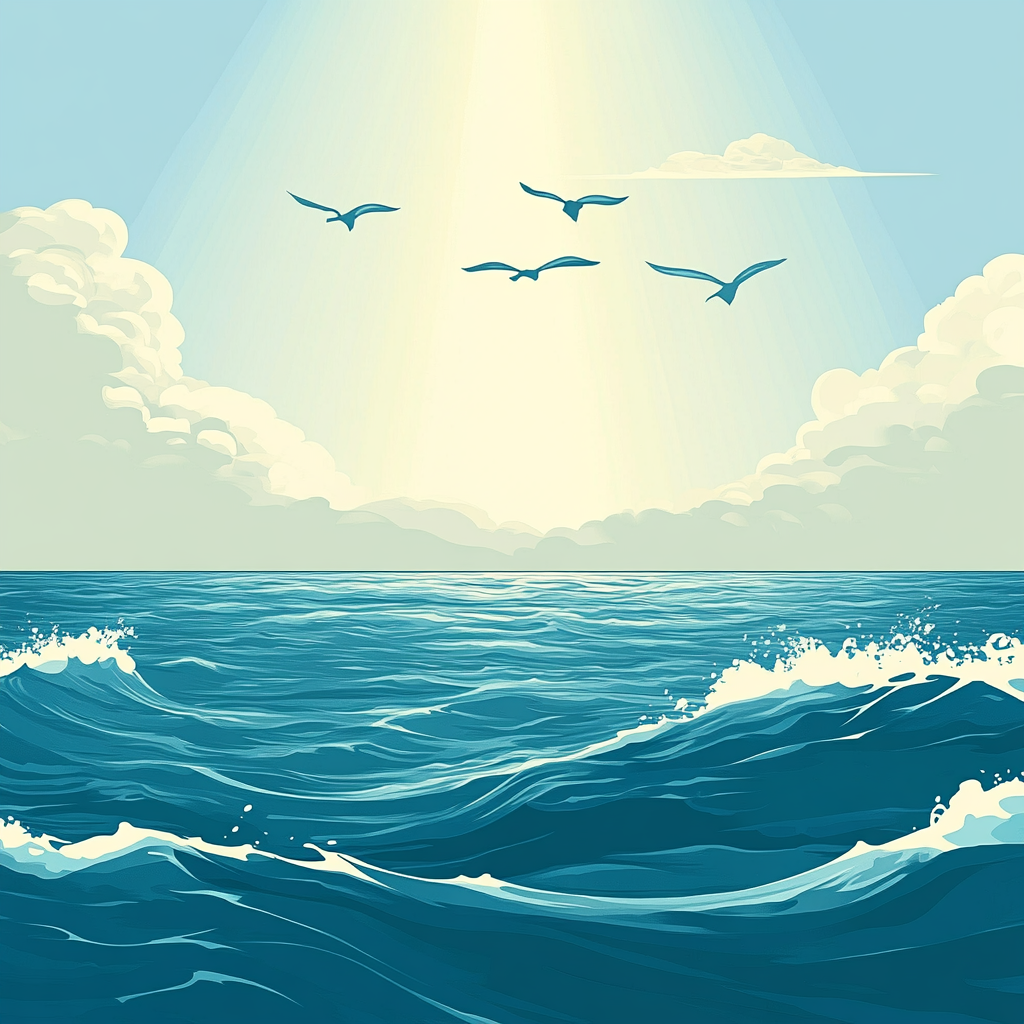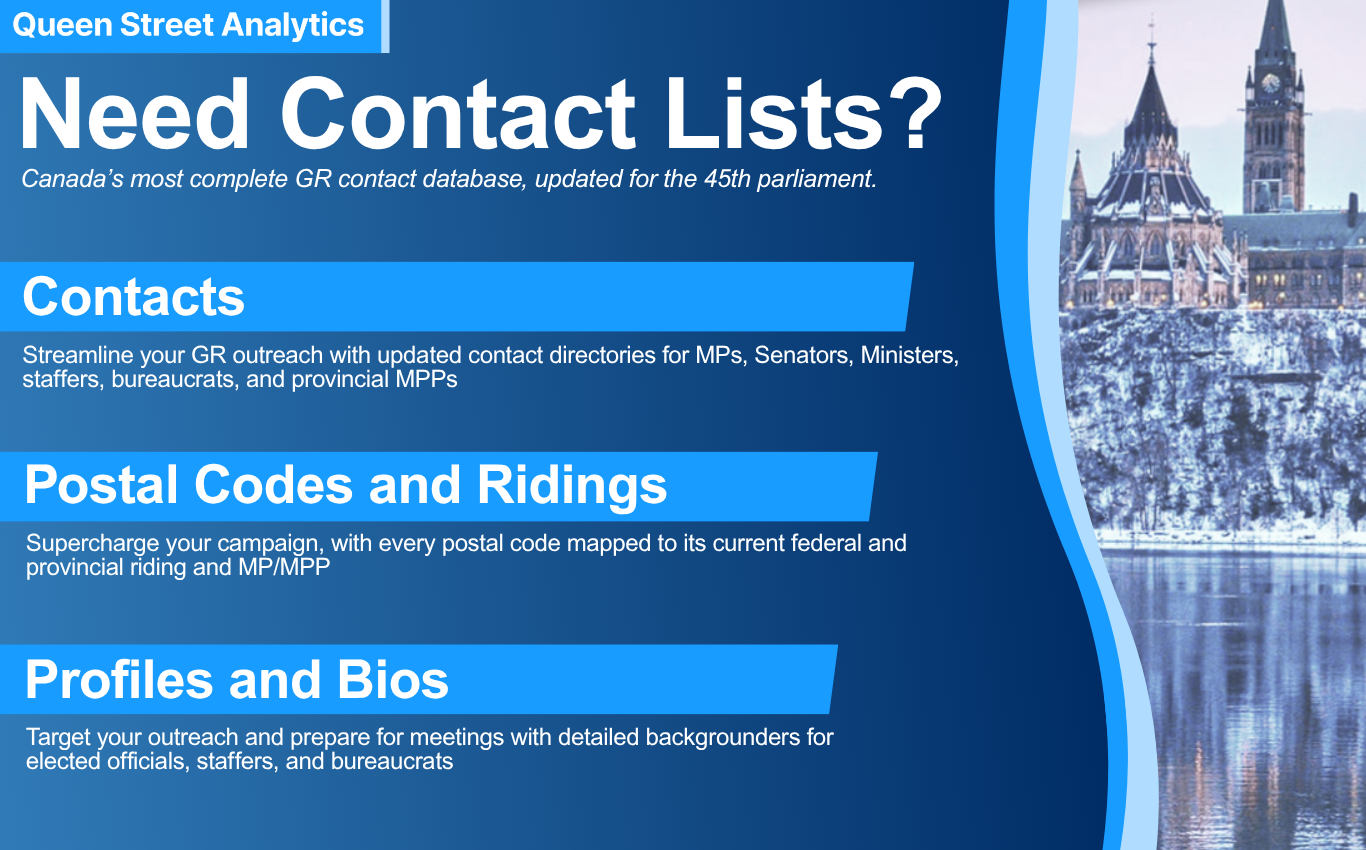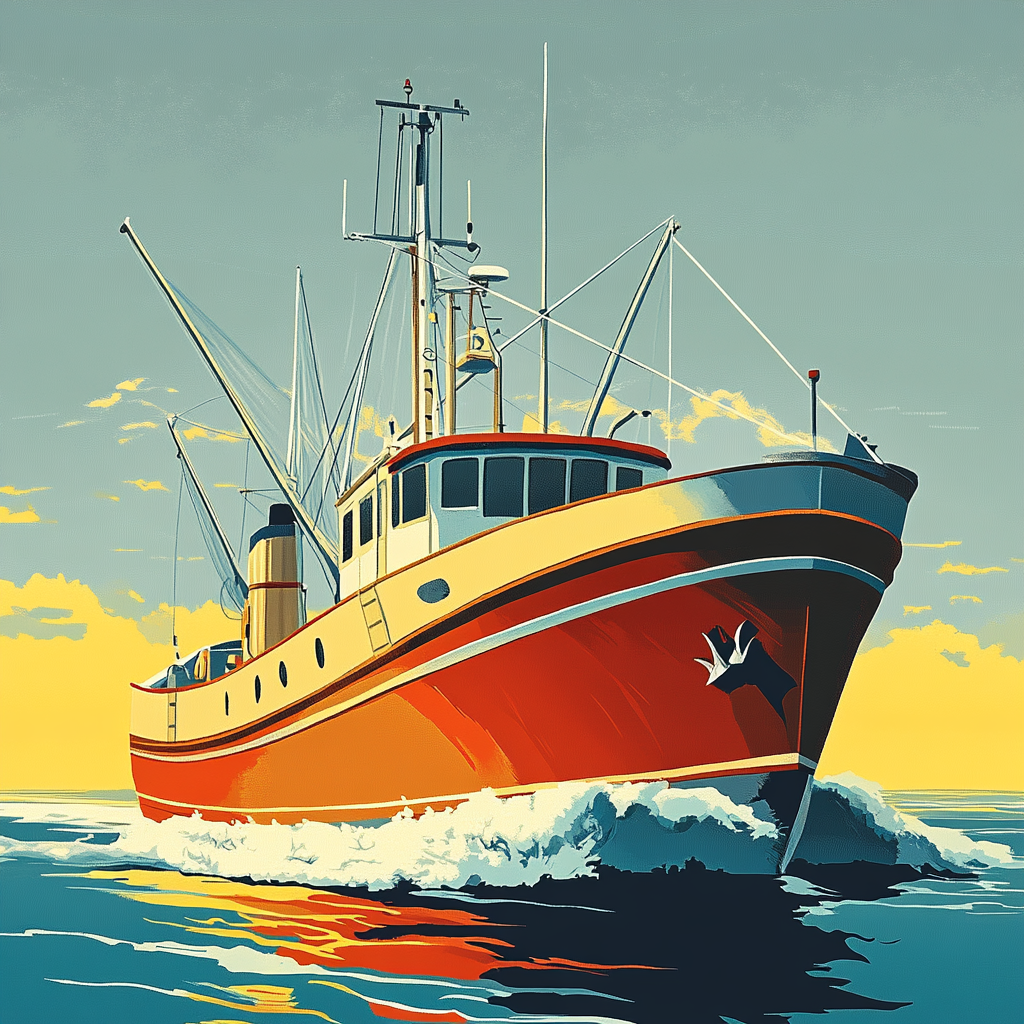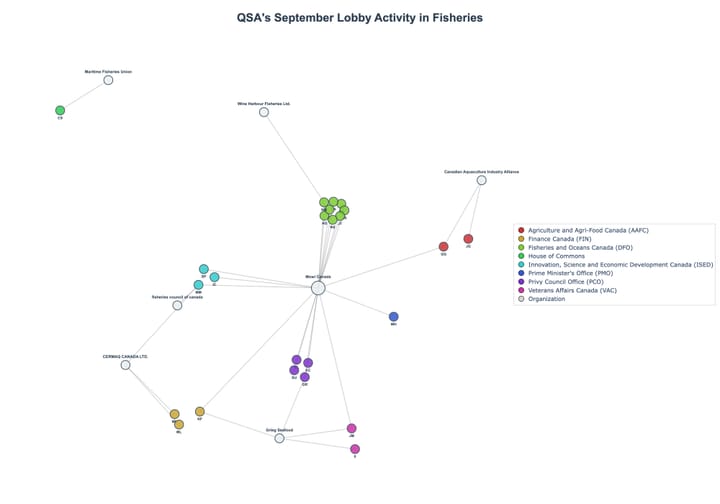QSA's Week in Fisheries (#35, 2025)
Canadian fisheries maintain US export access through marine mammal protections; Oyster movement controls established for disease management; US MMPA comparability findings finalized—Canada receives full clearance; NOAA issues IHA for Yaquina Bay infrastructure; Ontario enforces salmon protection;...

Good morning! This is Queen Street Analytics' weekly roundup of regulatory developments, legislative discussions, political announcements and other government-related news concerning fisheries, aquaculture, molluscan shellfish, and marine conservation. Every Monday, we break down the most important updates in this space in under five minutes.
Want to see GR activities in areas of the economy related to the Fisheries channel? Don’t miss this week’s updates in Environment and Agri-Food.
Dates: 2025-08-31 to 2025-09-06
📋 In This Week's Newsletter
• 🇨🇦 Canadian Federal GR News
• 🇺🇸 US Federal GR News
• 🗺️ Canadian Provincial GR News
• 📚 What We're Reading This Week
Canadian Federal GR News
Canada Secures US Market Access Through Marine Mammal Protection Commitments
On September 3, Fisheries and Oceans Canada announced confirmation from the US National Oceanic and Atmospheric Administration (NOAA) that all Canadian fisheries received comparability findings under the Marine Mammal Protection Act (MMPA). This achievement maintains Canadian seafood exports to the US, reflecting the regulatory alignment with US marine mammal standards. The current management regime includes area closures triggered by North Atlantic right whale detections, removal of 2,474 tons of ghost gear, and ongoing introduction of WhaleSafe fishing gear. The upcoming Canadian WhaleSafe Gear Strategy will guide further gear changes in commercial fisheries. Collaboration among harvesters, gear manufacturers, Indigenous groups, and NGOs contributed to regulatory compliance, which supports ongoing prosperity for the seafood sector. Continued US market access remains contingent on maintaining these protective measures.
Sources: Announcements: www.canada.ca

New Controls on Oyster Movement in Eastern Canada Amid Disease Detections
The Canadian Food Inspection Agency (CFIA) instituted movement controls for oysters across Prince Edward Island, Nova Scotia, New Brunswick, Newfoundland and Labrador, and Québec following findings of MSX (multinucleate sphere unknown) and Dermo (perkinsosis). As of September 2, eastern Canadian waters have been formally declared as areas where these diseases are present or highly likely. Oysters not destined for commercial sale are now restricted from leaving the declared areas, although processed commercial oysters remain eligible for export. CFIA permits are no longer needed for intra-area movement of oysters or gear, simplifying compliance for growers and processors. Fisheries and Oceans Canada (DFO) continues to oversee inter-provincial movements via the Introductions and Transfer Licensing Program. These measures impact growers, processors, and Indigenous communities as disease management persists.
Sources: Announcements: www.canada.ca
Monthly Average Retail Prices for Selected Products, July 2025
Statistics Canada released updated monthly average retail prices for selected products for July 2025. This dataset provides pricing trends across seafood and other food products relevant for those engaged with retail and distribution assessment. The data set is accessible for industry review and supports analysis of shifts in consumer pricing and potential supply chain impacts for the Canadian seafood market.
Sources: Open Government Data Set: www.statcan.gc.ca
US Federal GR News
US Finalizes Marine Mammal Protection Act Comparability Findings—Canada Cleared for Fish Imports
On September 2, NOAA announced the completion of comparability findings assessments for all foreign fisheries exporting to the US under the Marine Mammal Protection Act (MMPA). Canada is among 89 nations receiving comparability determinations across all listed fisheries, authorizing continued access to US markets beginning January 1, 2026 through December 31, 2029. Fisheries failing comparability can no longer export to the US and will require Certification of Admissibility for non-restricted products. NMFS detailed the process, which evaluated fisheries’ marine mammal bycatch, regulatory programs, gear types, and enforcement frameworks. The action sustains Canadian fisheries’ US export eligibility, provided regulations remain up to date with US standards.
Sources: U.S. Federal Announcements: www.federalregister.gov
NOAA Approves Incidental Harassment Authorization for Yaquina Bay Infrastructure Project
On September 5, the National Marine Fisheries Service issued an Incidental Harassment Authorization (IHA) to the Oregon Department of Transportation for the Yaquina Bay Dolphin Replacement Project. The authorization permits specified marine mammal harassment during construction, with monitoring and reporting requirements in place. The updated harbor seal population estimate for the Oregon/Washington coastal stock was revised to 22,549.
Sources: U.S. Federal Announcements: www.federalregister.gov
NOAA Updates Tuna Tracking and Verification Program Data Collection Procedures
NOAA submitted a revised information collection request for the Tuna Tracking and Verification Program on September 2, consolidating five documents previously managed under a separate control number. The program monitors dolphin-safe status, gear type, point of harvest, and chain of custody for tuna imports, and is essential for verifying compliance with MMPA and International Dolphin Conservation Program Act requirements. Importers and processors must continue documentation, including vessel arrival notifications and monthly receiving reports.
Sources: U.S. Federal Announcements: www.federalregister.gov
Pacific Cod Trawl Sector Closed in Central Gulf of Alaska
Effective September 1, NMFS closed directed Pacific cod trawl fishing by catcher vessels in the Central Gulf of Alaska, citing that the 2025 total allowable catch (TAC) of 6,203 metric tons is met. A directed allowance of 3,225 mt is established with 2,978 mt set aside for incidental catch within ongoing groundfish fisheries. The closure does not apply to cooperative vessels within the Rockfish Program. TAC management is per the Groundfish FMP and Magnuson-Stevens Act.
Sources: U.S. Federal Announcements: www.federalregister.gov
White House Executive Order Modifies Tariffs and Trade Procedures
On September 5, President Trump issued an order modifying reciprocal tariffs and procedures for finalizing trade and security agreements. The revised order updates the Harmonized Tariff Schedule and outlines conditions for reducing tariffs among aligned trading partners. The framework agreement with the EU introduces select tariff reductions. US officials are tasked with ongoing monitoring and implementation of trade measures affecting sectors engaged in seafood export and import.
Sources: White House Announcements: www.whitehouse.gov
Canadian Provincial GR News
Ontario Enforces Spawning Salmon Protection Through Targeted Prosecution
The Ontario government reported fines of $2,500 each for two individuals found fishing for salmon with unlawful equipment and at night without a licence on Bowmanville Creek. Conservation officers used remotely piloted aircraft during enforcement.
Sources: Provincial Announcement: news.ontario.ca
Ontario Commits $9.6 Million to Wetlands Conservation Projects
Ontario is investing $9.6 million to expand the Wetlands Conservation Partner Program, targeting wetland restoration near the Great Lakes and urban regions. Applications are open until October 8, 2025 for eligible organizations and Indigenous communities.
Sources: Provincial Announcement: news.ontario.ca
New Brunswick Announces $1.5 Million in Extra Funding for Food Banks
The New Brunswick government provided Feed NB with up to $1.5 million in supplemental funds to distribute food—purchased directly from local producers—at food banks province-wide, supporting accessibility and the agri-food sector.
Sources: Provincial Announcement: www2.gnb.ca
What We're Reading This Week
- More than 1.5M fish affected in mass die-off at Mowi aquaculture site in N.L.: Reports detail the scale of a salmon die-off in Newfoundland aquaculture operations.
- Concerns raised over alleged cuts to North Coast salmon monitoring: Coverage on stakeholder reaction to changes in salmon monitoring in BC.
- Lack of transparency about salmon die-off feels like déjà vu, salmon federation says: Salmon groups discuss communication gaps in reporting fish mortality events.
- Fishery officers have seized, released 4,400 lobsters in southwest N.S. since June: Nova Scotia fishery officers tackle illegal lobster harvesting.
- About 400,000 salmon dead across three fish farms in Newfoundland: Multiple Newfoundland aquaculture sites report large salmon losses.
- Pope feeds fish as he opens Vatican’s ambitious model of sustainable farming and education: The Vatican launches an educational sustainable aquaculture initiative.
- New Hampshire boy, 13, reels in 177-pound halibut while deep-sea fishing that may be a world record: Young angler catches potentially record-breaking halibut.
- Pacific Fishery Management Council announces salmon methodology review meeting: Stakeholders invited to weigh in on salmon management analytical changes.
- New England Fishery Management Council sets monkfish and skate specifications priorities: Committees meet to review technical updates and work planning for key species.
- Pacific Island Fisheries propose updated catch limits for Deep 7 bottomfish: New ACL proposed for Hawaiian Islands bottomfish fishery.

